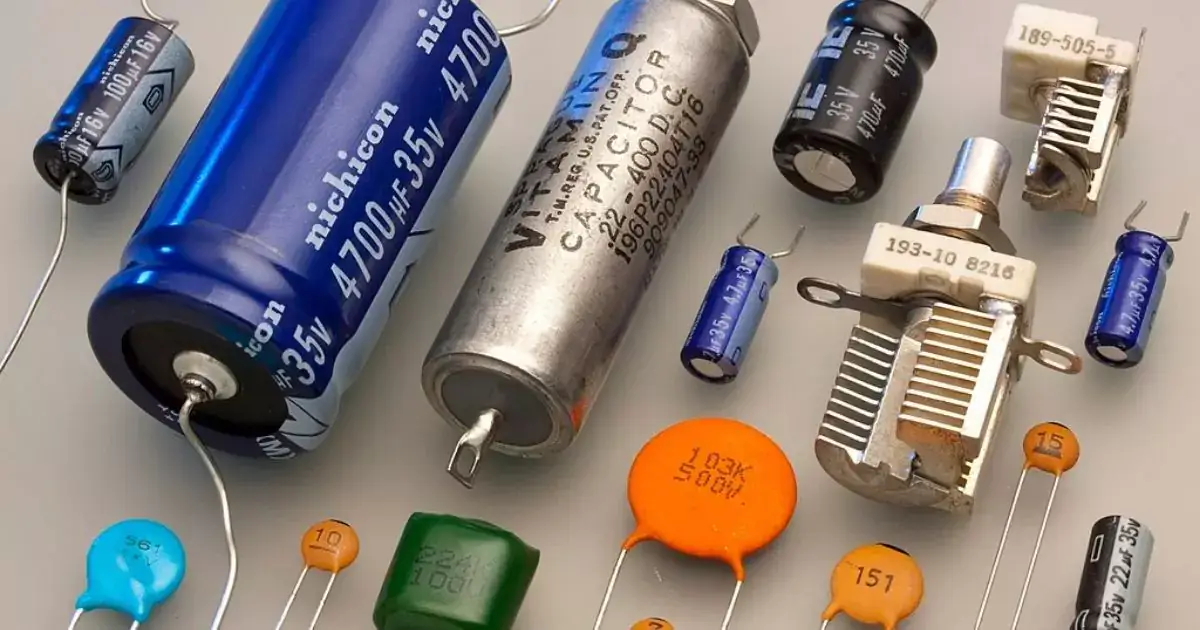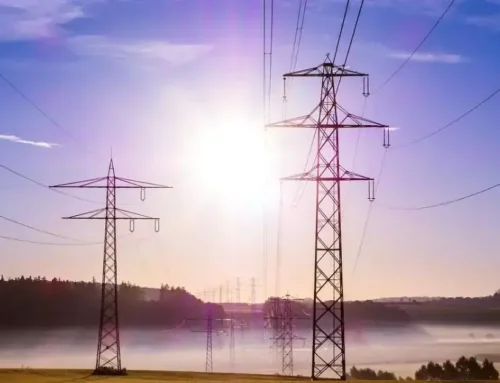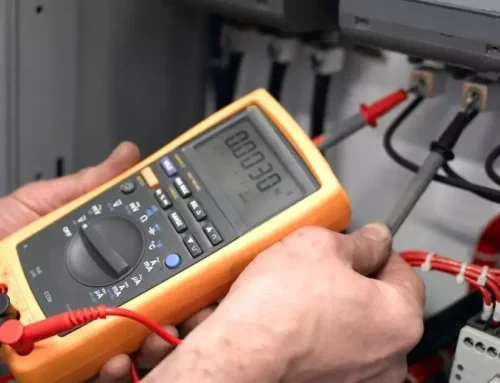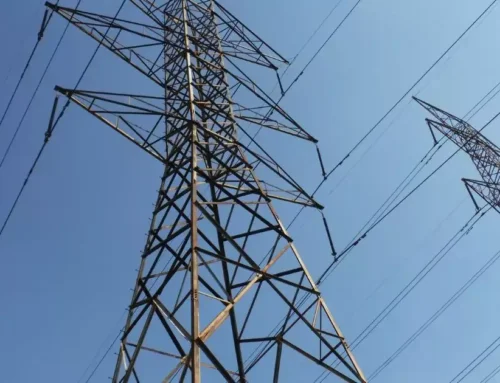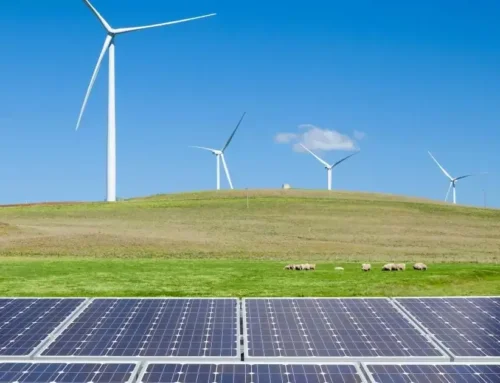Due to their multiple uses and the variety of their electrical, physical, and economic characteristics, there are currently a large number of types of capacitors. There are capacitors made with plates of various materials, diverse shapes, and a wide range of dielectrics. Among the most common are the electrolytic capacitor, the ceramic capacitor, capacitors in series and parallel, and the polyester capacitor, among others.
- Electrolytic Capacitor: This capacitor uses an electrolyte that acts as the first armature or cathode (negative electrode), which, upon receiving an adequate voltage, deposits an insulating layer on the anode (i.e., the can or second armature). It is commonly used as an oscillator, as a frequency generator, or to modulate the signal in power supplies.
Electrolytic capacitors release large amounts of energy in a short time, so they are used as starting capacitors for electric motors that require a high initial power. Although their capacity can be very high, an electrolytic capacitor does not work well with alternating current because reverse polarization produces a short circuit between the electrolyte and the can, causing the temperature to increase to the point where it can explode. There are several types of electrolytic capacitors, according to their components (electrolytes and second armature), among them are aluminum and tantalum:
- Aluminum Capacitor: It is a polarized capacitor in which the electrolyte is a solution of boric acid and its can is aluminum. Its optimal operation is at low frequencies and it is usually used in audio equipment and switched-mode power supplies.
- Tantalum Capacitor: It uses tantalum as the anode and has better capacity per volume than an aluminum electrolytic capacitor since using this chemical element makes the dielectric layer very thin.
- Polyester Capacitor: These capacitors have high power and are very responsive. They have thin polyester film as the dielectric element and use aluminum to form their armatures. Their most common uses are in DC current connection and disconnection applications, for filtering low-tolerance signals, and audio systems. They have advantages over paper capacitors for their ability to reduce their size, as well as having high performance and low power loss.
- Ceramic Capacitor: They use various types of ceramics as the dielectric element and can be formed by a single dielectric sheet or by stacked sheets. Depending on their characteristics, they can operate at different frequencies, including microwave frequencies. Thanks to the specific properties of ceramics, they have very few losses.
- Series and Parallel Capacitors: Those referred to as “in series” are two or more capacitors connected in a line. The positive of each capacitor is connected to the negative plate of the next capacitor, and they have the same charge and equal charging current. Meanwhile, capacitors in parallel are also two or more capacitors, but connected in parallel, as their terminals are connected to the terminal of another capacitor or capacitors. They have the same voltage, as well as a common voltage supply.
What is Quartux
Quartux is a leading company in energy storage solutions, meeting the energy needs of large consumers and electricity generators in Mexico. With its tailor-made technology, Quartux promises savings of up to 40% on your electricity bill, improves the quality of your energy, and protects you from blackouts and interruptions. They design an intelligent savings and storage solution that specifically adapts to your energy consumption, providing a personalized response to your needs.
Quartux’s product offerings include high-tech lithium-ion battery systems with international recognition. These systems, designed and installed by Quartux, come with certifications and long-term warranties, ensuring confidence in the quality and durability of the product. Additionally, Quartux offers its proprietary control software, Quartux Control, which understands your energy needs and adapts to them to maximize your savings and ensure system operation.
Among the benefits of choosing Quartux are integration with renewable energies, the modularity and adaptability of its solutions, as well as an improvement in energy quality. Furthermore, Quartux offers various investment plans to facilitate the acquisition of its systems, including direct sales, leasing, and a Shared Savings Agreement scheme. With a return on investment of over 20% and the possibility of recouping your investment in less than 3 years, Quartux is positioned as an attractive option for companies looking to optimize their energy consumption.



